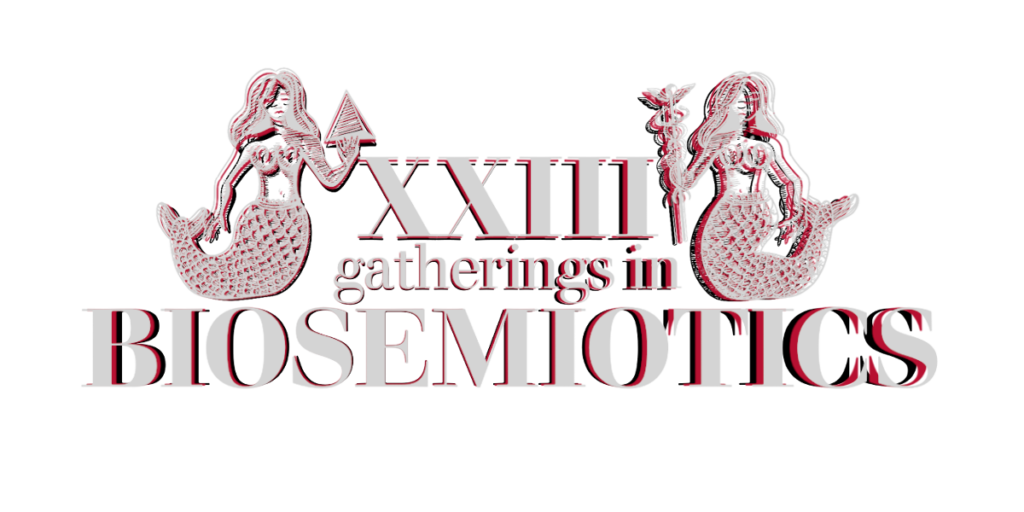Danger Modeling: Meaning-generation in Three Dimensions
[Slides from the presentation]
In the struggle for existence, any known species of organisms must avert danger to ensure survival. To do that, they need to identify—or model—it in ways that are specific to their species and actualized in concrete situations. This is an act of generating meaning that falls perfectly within the purview of biosemiotics. The present chapter uses human danger modeling as a case in point to discuss meaning-generation in the biosemiotic context. The rationale is a three-fold one. Firstly, the study of danger, understood in the aspect of meaning-generation, makes an example of semiotic analysis, because warning signs are among the most primordial and relevant vehicles for meaning. Secondly, the Sebeokian concept of modeling serves as a useful tool to tackle this problem. The reason is that the concept underscores semiotic agency and promises to be a highly integrative framework for studying meaning-generation. Thirdly, humans have evolved into such complex superorganisms that we not only live by existential modeling and semiotic modeling at same time but also deeply entangled in our own semiotic webs while probing into and creating possibilities of new meanings. This threefold rationale underlines the need for a comprehensive approach that considers meaning-generation as actualized in different dimensions. This chapter identifies three such dimensions, namely, the representational, interpretational, and existential dimension. These three dimensions form a system that corresponds roughly to the Peircean triad of semiosis.

